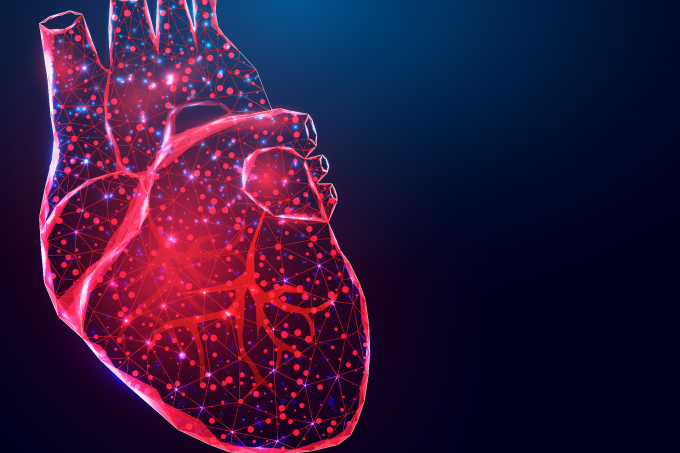Left Atrial Appendage
(LAA)
The heart is made up of four chambers: the upper chambers are known as the right and left atria, while the lower chambers are known as the right and left ventricles. The two upper chambers are separated by a wall of tissue known as the interatrial septum. The wall that separates the two lower chambers is called the interventricular septum.
At the top of the heart, on the left side of the left atrium, is a small sac known as the left atrial appendage (LAA). As the heart pumps, blood travels through the atria and the ventricles. The LAA is hollow, so it fills with blood when the left atrium receives blood, and it empties when blood travels out of the left atrium.
In most people, the LAA is of little or no concern. But for people with atrial fibrillation (Afib), where the heart is beating erratically, the LAA can become a source of problems.
What’s the link between the LAA and stroke?
People who have Afib are at increased risk for stroke in part because of the LAA. During Afib, the heart’s natural pacemaker (the sinoatrial [SA] node) sends irregular signals, causing the heartbeat to be erratic and the heart to pump inefficiently. In Afib, the atria contractions are ineffective, and the blood is drawn through mostly by the stronger ventricle, which continues pumping. The atrium’s inefficient pumping allows blood to pool in the LAA instead of being pushed out of the heart and into the blood vessels that supply oxygen to the rest of the body. If blood remains in the LAA too long, it begins to form clots. If one or more of the clots eventually is pumped out of the LAA and travels to the brain, an ischemic stroke can result.
The risk for stroke is one reason that it’s important to work with your medical team to manage Afib. This may mean making lifestyle changes, taking medications such as blood thinners, or having a procedure (ablation or cardioversion) that prevents the Afib episodes, keeps the heart beating in normal sinus rhythm, or stops blood from accumulating in the LAA.

Your heart
Every day, the heart pumps 2,000 gallons of blood through blood vessels to carry critical oxygen and nutrients to all body parts and to remove waste products.